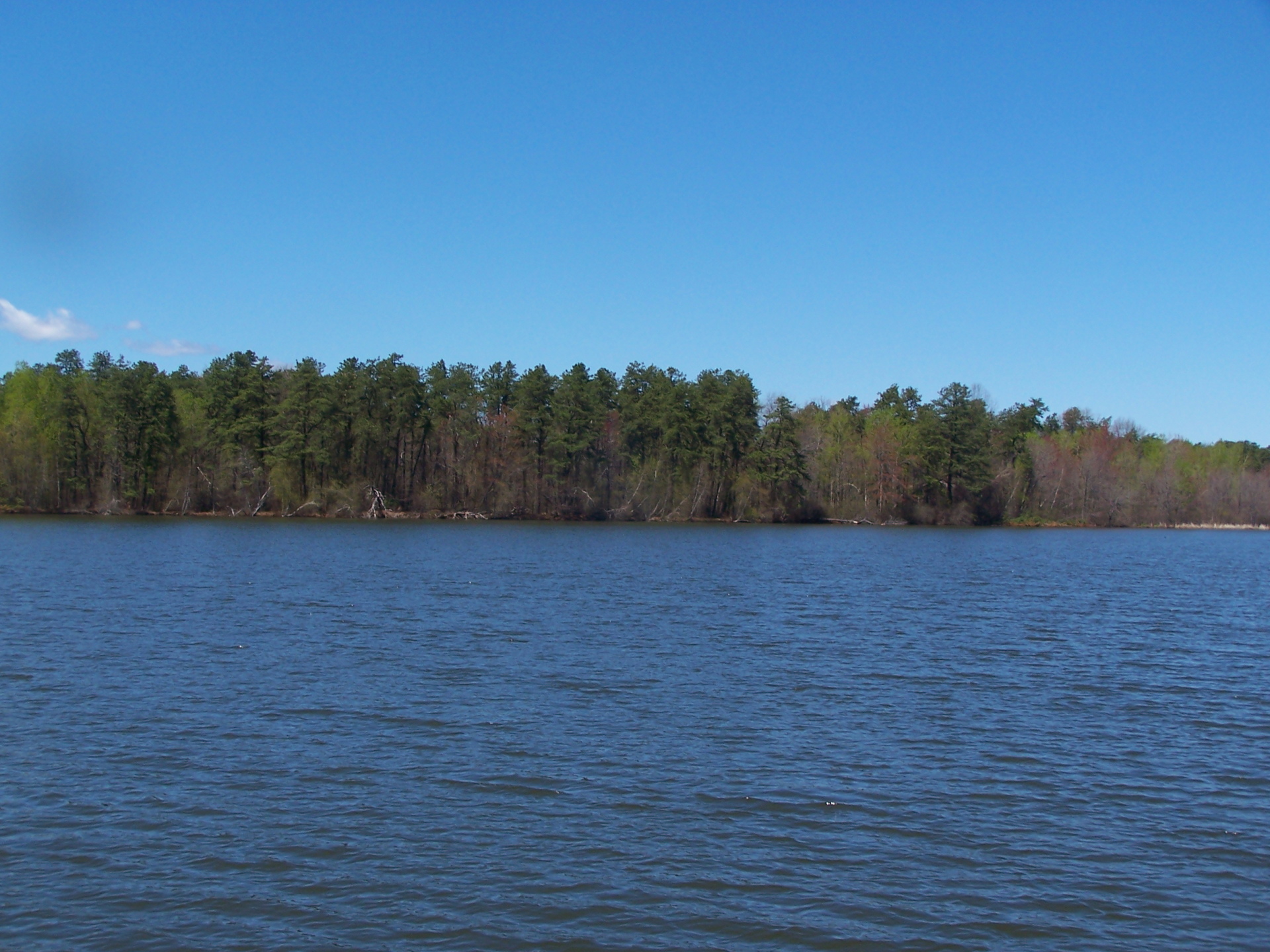Garbage in the Pine Bush
Garbage in the Pine Bush
If you had to pick the ideal place to put a landfill, would you choose sand
dunes over an aquifer on the site of the breeding ground of an endangered
species? I don’t think you would, but the that’s where the City of Albany
choose­p;the Pine Bush, right over a significant Karner Blue butterfly
site.
Save the Pine Bush thought this particular plan to be so tacky that we have
been suing over this decision for the past three years (see Stop
the Dump! SPB Files for Injunction). The garbage in the Pine Bush is
linked to the ANSWERS (that’s the Albany Solid Waste Energy Recover System)
garbage burning plant. All of the ash from ANSWERS is tossed in the Pine
Bush landfill, and from there it leaches into the aquifer under the Pine
Bush. What doesn’t blows into the homes of the people who live in the nearby
trailer park. A dreadful situation all-around. Here are a couple articles
on the burn plant. Ed.
Garbage to Ashes-ANSWERS Plant Raises Questions
by Rezsin Adams, Oct./Nov. 90
Fourteen communities contribute to the waste that streams into the ANSWERS
garbage incineration plant on Sheridan Avenue in Albany. Every day, 110
tons of toxic ash are carried from the plant to the Pine Bush!
A community forum on the ANSWERS plant was held at the Albany Public Library
on October 1. Panelists were: John Barberis, Supervisor of the Incinerator;
Eldred Rich, Department of Environmental Conservation (DEC); Mariateresa
Canosa, Albany Work on Waste; and Judy Enck, NY Public Interest Research
Group (NYPIRG).
The goal of ANSWERS was to reduce dependence on oil and to help with landfill
capacity problems. According to Barberis, the plant "has met the goal." When tested before coming on line in 1978, he said, its’s emissions were
acceptable. When public outcry forced more testing to be conducted in 1984,
emissions were found to be 5 times the permitted limits! Barberis
claimed that this was reduced to twice as much by 1986, and by 1988 were
30% better than the DEC allowed. He admitted, however, that the toxicity
of the ash, which goes to the Pine Bush landfill, often exceeds Federal
EPA standards.
Canosa pointed out that more than 200 different substances are emitted from
incinerators, including some of the most dangerous substances known. For
example, incinerators are the second largest source of mercury in the atmosphere,
and that dioxins are emitted in small but steady quantities. Apparently
because of this, incinerators are usually located either in politically
weak rural areas, or in urban areas inhabited by the poor and minorities.
Enck pointed out that when the State ran tests on the ANSWERS plant in
1984, it did stack testing, but "did not test for most pollutants." This testing was done only to satisfy the complaints of Sheridan Hollow
residents, who are the first to breath the emissions from the plant. She
noted that the State standard for risk assessment is one excess death per
million people. The ANSWERS risk assessment is six to eight excess deaths.
The ash comprises 28% of the original weight of the garbage that is burned. Because of its toxicity, this ash cannot be used as a building material,
nor can it be properly disposed of.
The ANSWERS plant is an easy political solution to the garbage problem,
as is expanding the dump in the Pine Bush. Perhaps the ANSWERS plant is
the reason why Albany and Schenectady do not have effective recycling programs. If the city of Seattle, Washington can reduce its stream of garbage by
40% in two years, we can do the same.
Comment on the Albany ANSWERS
Wasteshed Solid Waste Management Plan
by Rezsin Adams, Oct./Nov. 90
The City of Albany can terminate its contracts with the communities it accepts
waste from by closing the ANSWERS plant. It is estimated that it will be
necessary to spend $11 to $30 million to retrofit the plant to bring it
into compliance with the anticipated more stringent State and Federal standards
to be promulgated within the next six months.
By closing the plant and terminating the contracts, Albany’s waste stream
will be greatly reduced. The City could also delay building the landfill
expansion by reducing the wastestream. The City could then use the $11
to $16 million it anticipates spending on the landfill expansion to further
reduce the waste-stream by instituting source reduction, mandatory recycling,
composting, mechanical separation and recovery of reusable materials from
the waste.
We are at the dawn of a new age. The goals of the ANSWERS project-to reduce
the use of oil and to reduce the waste stream to the landfill-are desirable
goals. If the environmental effects of burning natural gas are acceptable,
then it may be possible to convert the ANSWERS plant to burn natural gas
to continue to supply the State with energy. The second goal can be met
by reduction through the various means outlined above. The City of Seattle
was able to reduce its solid waste by 40% in two years. It does not seem
desirable for the City of Albany to project operating the ANSWERS plant
in more or less the same way for the next twenty years. This is the time
for the City to adopt new solutions to the old problems.
For more information, please email pinebush@aol.com
![]() Return to Save
Return to Save
the Pine Bush Home Page ÿÿ

